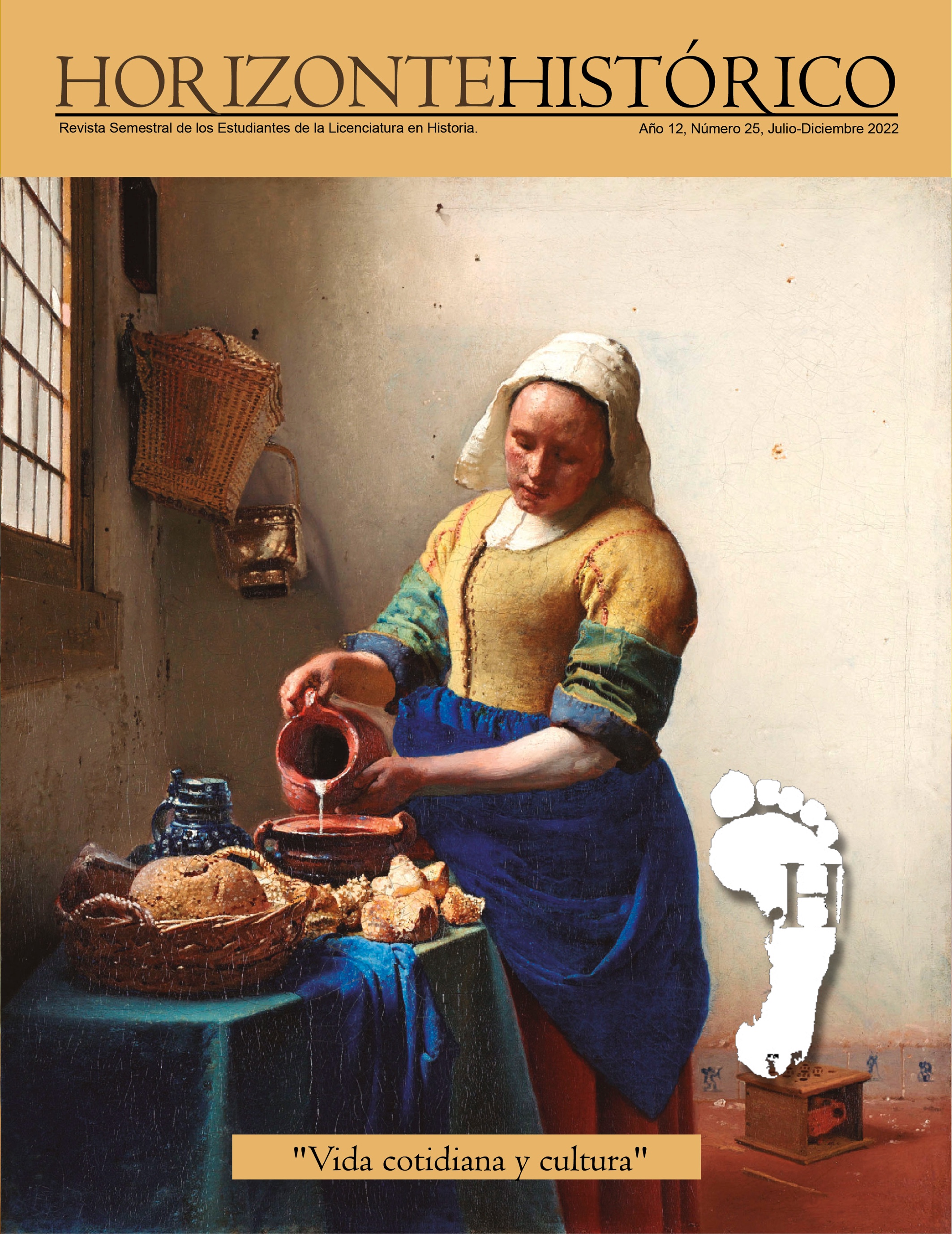The adoption of electric light outside the Puebla Cathedral and its importance for nightlife within the urban space, 1902-1930
DOI:
https://doi.org/10.33064/hh.v25.3-30Keywords:
Cathedral, electric light, nightlife, Puebla, urban spacesAbstract
The purpose of this article was to analyze electric lighting as well as its arrival outside the Puebla cathedral between 1902-1930. In addition to learning about the nocturnal rhythms shaped by the habits that the coexistence of the different social sectors with the furniture was creating, such as the walking and the consumption of products and services at night. In consequence, nightlife became more acute, and the cathedral became a complement to public and private lighting at a time when mobility was growing. Documentary sources revealed the electrification of the center, besides to form an idea of the role played by the basilica in urban geography.
Downloads
Downloads
Published
How to Cite
Issue
Section
License

This work is licensed under a Creative Commons Attribution-NonCommercial-NoDerivatives 4.0 International License.
Those authors who have published with this journal, accept the following term:
The copyright of any article in Horizonte Histórico belongs to the author(s). As a condition of publication, authors agree to release their copyright under a shared license, specifically the Creative Commons Attribution-NonCommercial-NoDerivativeWorks 4.0 International license.











